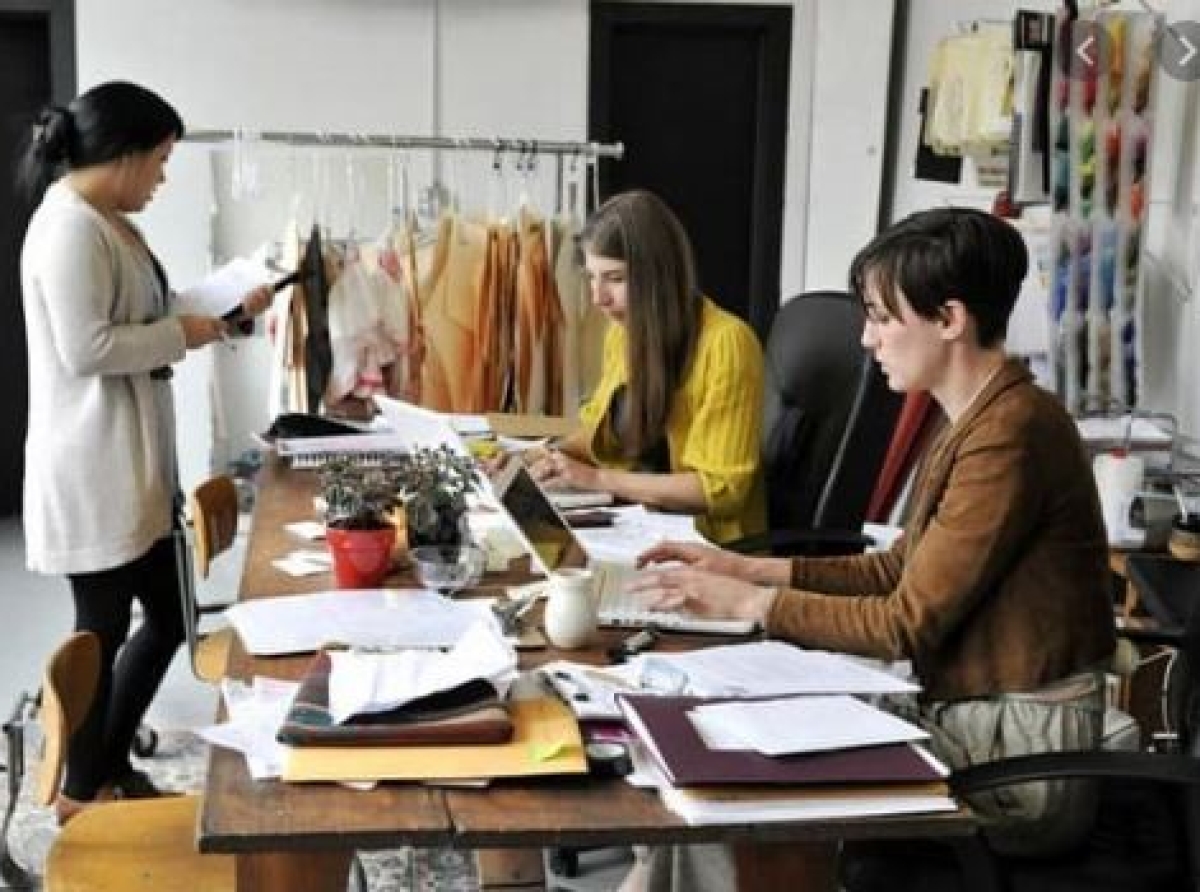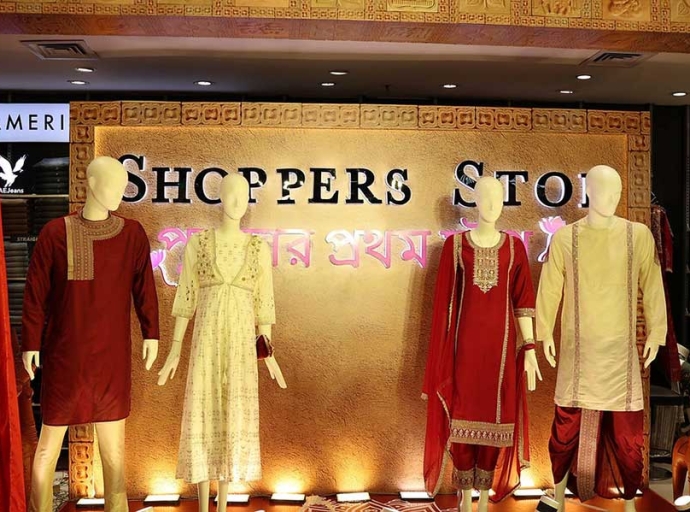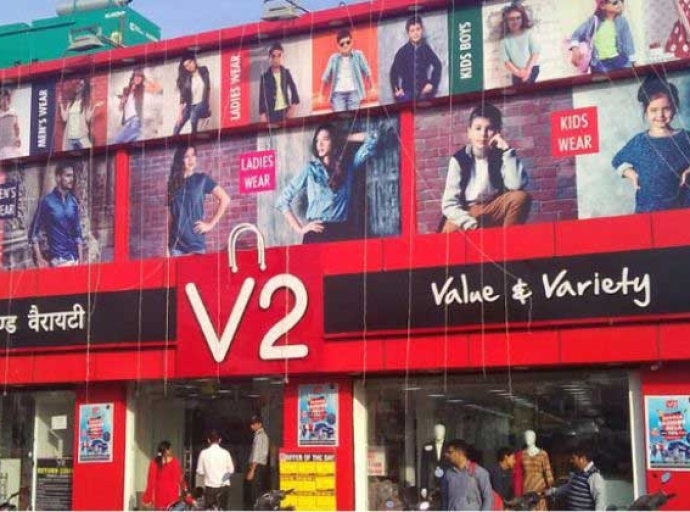13 June 2023, Mumbai
The design and engineering of items that are functional for the intended consumer, marketable, producible, and lucrative are referred to as product development.
A design team helps in the product development process to generate the next product in a company's product range.
The developing methods remain the same, but new risks and uncertainties are introduced because it‘s the first time.
Decoding product development
The manufacturing team is also kept in sync. In a broad sense, product development can be defined as the process of establishing seasonal goals, conceptualizing, producing, conducting market and trend research, introducing and delivering new products and services to consumers (new product development), or improving on the existing, developing product styles through the technical design process, creating samples of the products to finalize product styles with standards, selling the product line, and showcasing the product line.
Functions like material requirement planning, inventory control, production planning and scheduling, quality control, logistics, and finance are all a part of this process.
The Importance of Product Development in the Apparel Industry
In any industry, the ability to adapt to changing times is crucial for survival, and product development plays a pivotal role in this process.
The apparel industry is no exception, where the product development section serves as a vital gateway for potential buyers, offering them valuable information regarding pricing, sampling, and collection details.
However, it is worth noting that the product development process within the apparel industry is intricate and time-consuming, requiring careful attention to detail.
Customer Satisfaction and Minimizing Returns
The primary objective of the product development process in apparel is twofold: to ensure customer satisfaction and to minimize the likelihood of returns. As competition within the industry grows fiercer, there is a heightened emphasis on implementing effective measures to monitor and manage product development.
By doing so, industry players strive to stay ahead in the market, consistently delivering high-quality products that meet the ever-evolving demands and preferences of customers.
This strategic focus on product development is instrumental in cultivating customer loyalty and maintaining a competitive edge within the dynamic landscape of the apparel industry.
Adapting to Change and Ensuring Longevity
Additionally, product creation offers a novel user experience, meets needs, offers answers to issues, expands a company's client base and market share, and increases sales and profits. Although many firms and companies historically kept product development (PD) and production in-house, today's approach is much more decentralized.
The propensity to divide up the PD and production processes among many nations is a result of the globalization of the clothing industry. People in various locations all over the world are now able to seamlessly integrate, cooperate, interact, and manage the product development process thanks to the quick development of PD technologies and communication technologies.
It is also clear that to allow retailers and brands to choose designs without investing time and resources in product development, apparel contractors, subcontractors, and specialty contractors have established design and development units within their organizations.
Underlying objective
As was mentioned before, the major goal of the product development process is to ensure customer happiness and reduce customer returns. The garment sector has focused more on procedures to oversee the product development process as a result of rising competition.
These metrics can be applied to adopt best practices or benchmark against competitors. In terms of pricing, sampling, and information gathering, the product development division in the apparel business serves as a gateway for new customers.
Nuances
In the garment sector, product creation is an extremely difficult and drawn-out process. In this article, I've tried to explain every step in detail. We will now talk about the functions that must be performed from the designer's notion or the basic design concept to prepare the product for final production.
Knowing the business mode and whether the product is an original design or a copy is crucial when designing products so that the functions in these stages can be suited to the business model's specific product situation.
Breakdown
For this article, I will break down these strategies and processes into the fundamental steps that are necessary for the realization and success of any product development endeavor within the industry under consideration.
Product development strategies and processes for the apparel industries vary as widely as the number of companies in this field, as well as the complexities and simplicities; values and visions; market share, and penetration of each company.
In the garment sector, the following are the steps involved in product development: The merchandisers must classify various product styles and their specifics to organize the information provided in the specification sheet (tech pack) in a single format after receiving it.
For the junior merchandiser to help the sample coordinators prepare the development samples from the sampling department, the merchandiser should give the junior merchandiser proper instructions on the product style.
Collaborative approach
The process of developing a product is a collaborative effort between many participants from many divisions in a clothing company. Planning a line of items for a specific season or period is the first phase in this process, based on the company's selling seasons or selling practices.
The design, merchandising, research, and development (R&D) and/or raw material development, technical design or product engineering, sales and marketing, finance, graphic design, sourcing, operations, planning, and quality assurance teams typically make up the PD team.
The PD team develops a plan for the new line using data from research on trends, colors, materials, past successes or failures, past sales records, experience from previous lines, mark-down reports, etc.
The data gathered from this endeavor will help the designers and the PD team create a strategy for the new line with a favorable (brand) image to sway the market niche that the business is trying to sell to.
Latest Publications


































